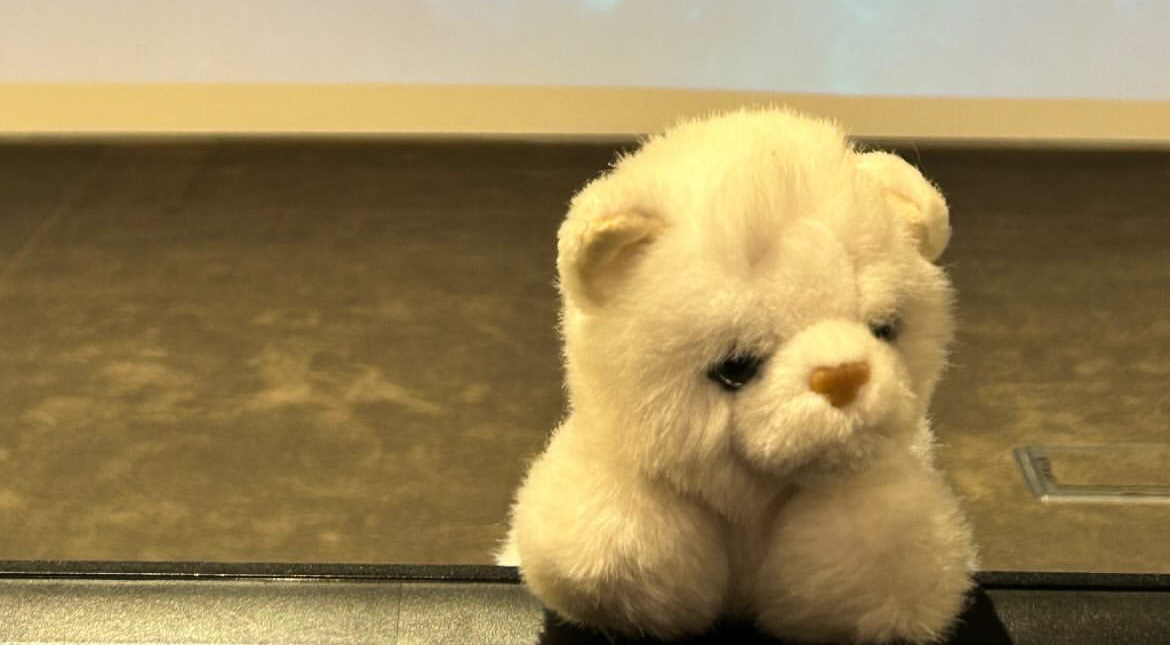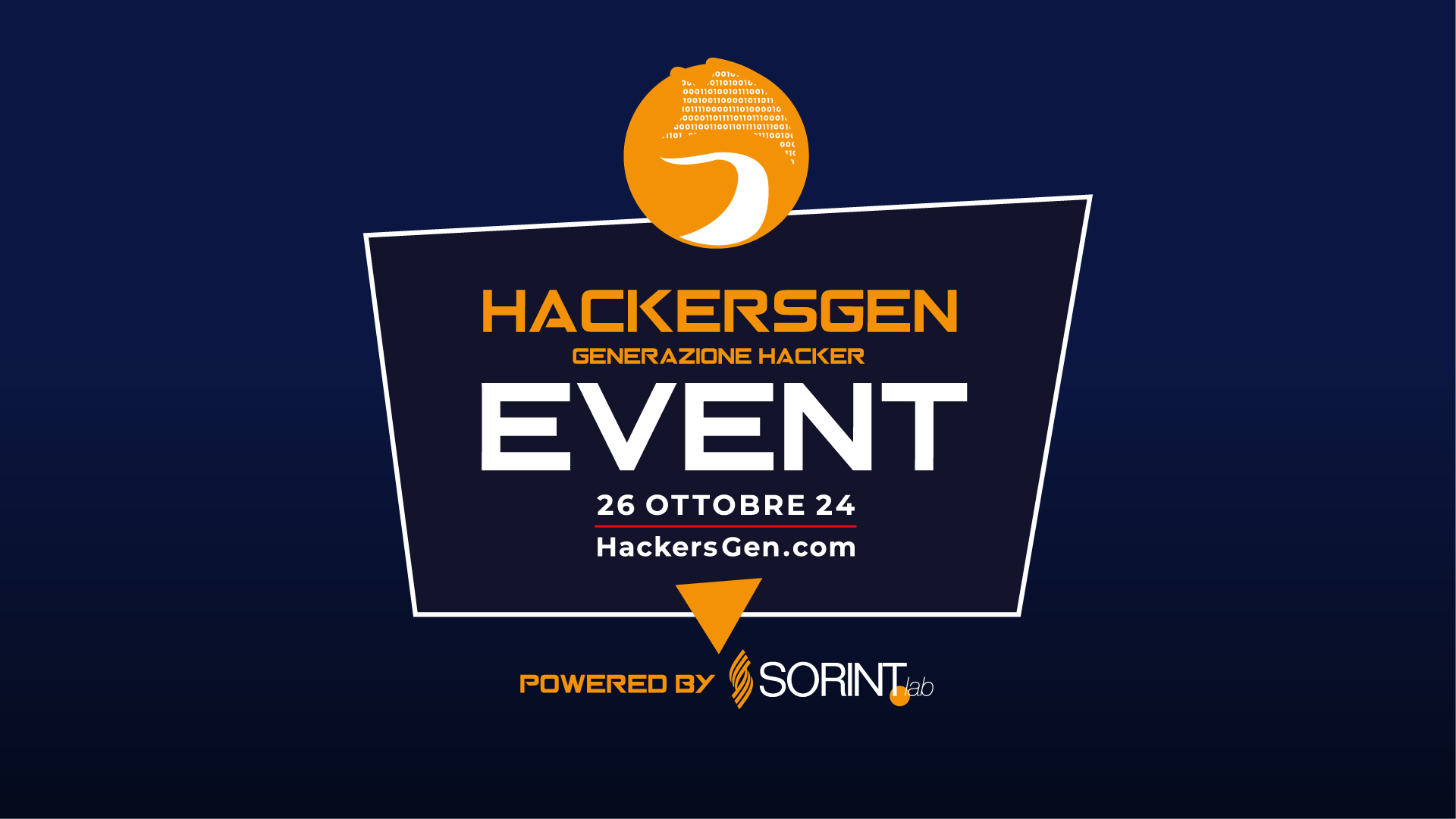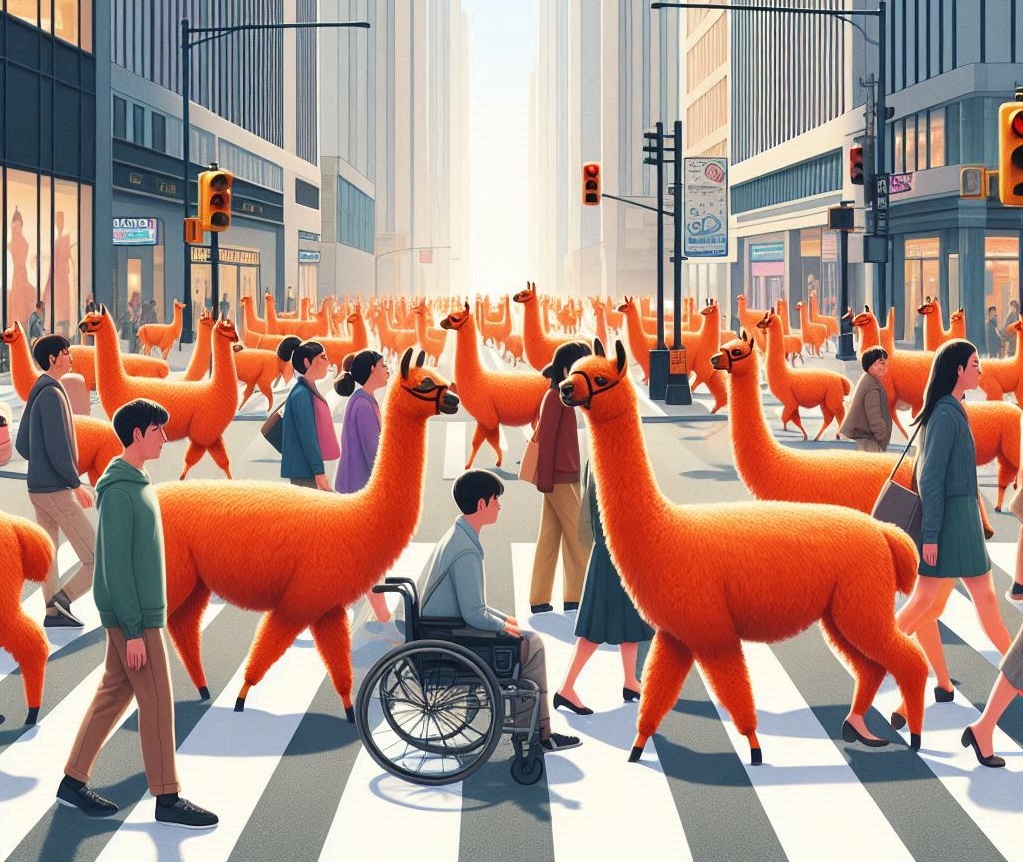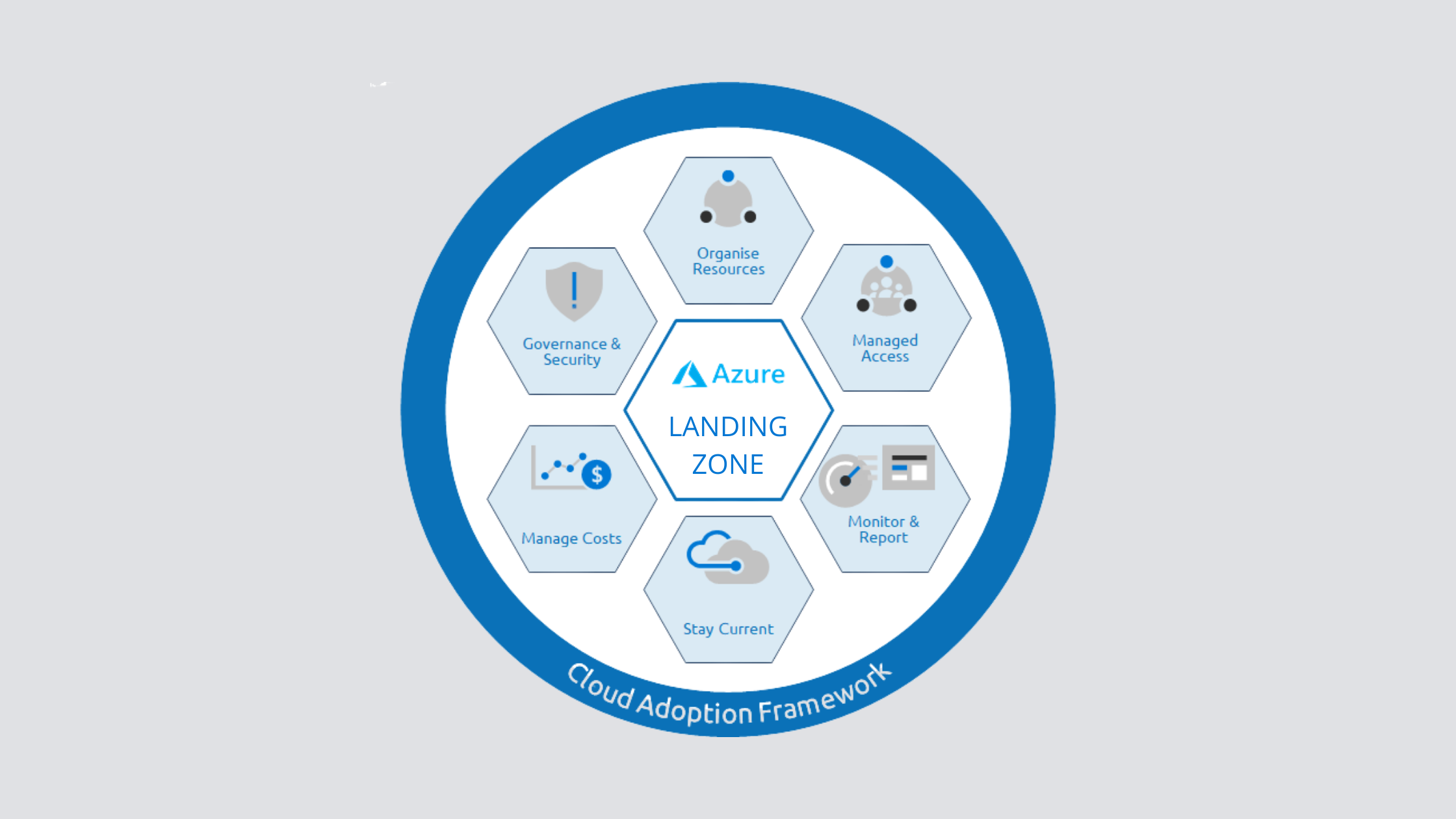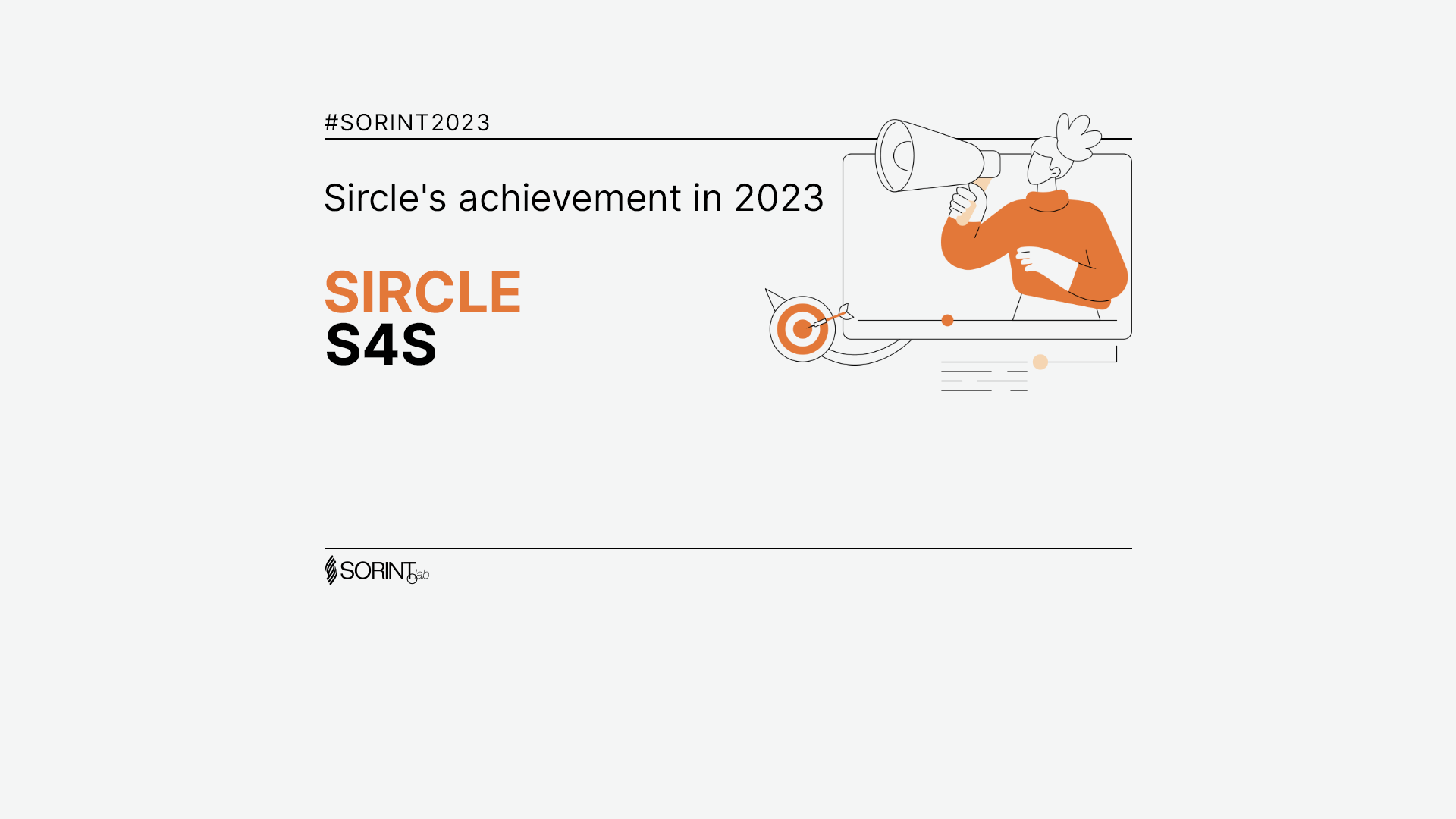A different way to make a presentation
-
Simone Rossi
- 05 Nov, 2022
- 02 Mins read
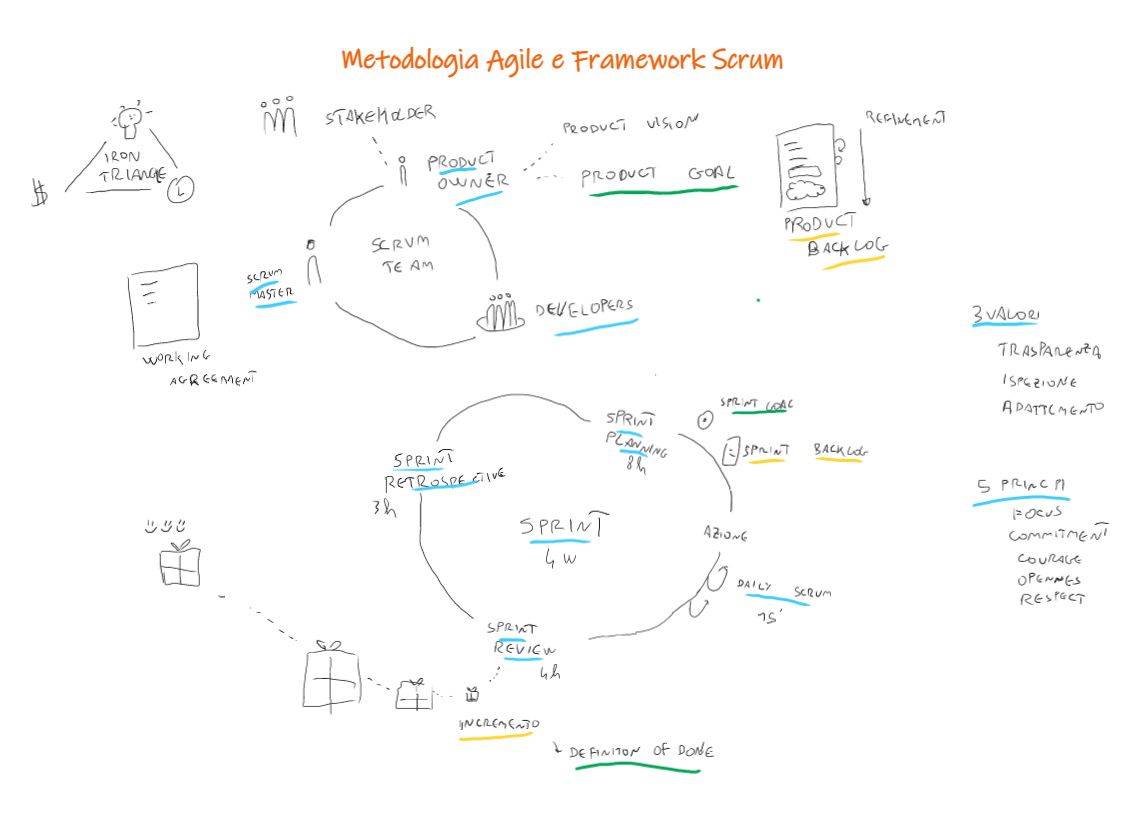
As an Academier of my Sircle, one of my accountabilities is to teach people (both Sorintians and high school students) on subjects that are now always easy and fun. So it's my duty to make them understand the importance of the subject, and to transmit them my knowledge and passion. Most of the times we Academiers struggle with one big thing: presentations. We don't have to be boring. When people stare at us (or at our/their screens) they have to listen to the story we are telling, not thinking about something else. That's why, to improve my presentation, I started studying (yes, my Sircle would confirm that I am a study nerd!) something about presentations, and all tools that can be used. Great presentations are great stories. They are not made of bullet points, stock images, animations or diagrams. Great stories directed to the heart (and mind) of the audience. The standard way to prepare a speech is called the Rethoric Canon, and is made of five steps:
- Build the idea (what you have to say)
- Select a structure (order of things to say)
- Find your style (how you want to be heard)
- Practice (rehearse and remember)
- Delivery (tell your story) However the process is not linear: the idea evolves with the structure, which changes with style and practice, and if you delivery more than once, you may want to change based on the feedback you get from the audience.
How can you overcome the fear of preparing a presentation? Well most of the apps provide you with simple and predefined templates that you can use. And now comes the journey: you loose at least 10 minutes to find a template you like. After you choose one you will want to change for another... Then the slide format, the text font and color. And the animation, because each and every written line must have its own way to be shown on the slide. And without noticing you loose lots of time just making a good design rather than focusing on what really matters: the story you have to tell! So you fill each slide with text and bullet points, that you can read while presenting, but which increases cognitive load for your audience.
I am constantly trying new things, and one thing I wanted to experiment with was a graphic tablet. And what was the best occasion to try it out? Of course during one of the technical sessions held during the Hackersgen Event! My writing is not clean and neat, my drawings are even worse, but I didn't care. My aim was to deliver a story. And rather then showing slide after slide, I draw my story on the screen in real time, which evolved based on the questions I received.

I am not saying that I will always be using this tablet for every presentation, I am constantly experimenting (right now I am testing 6 different tools!) But I am saying that there are so many ways to deliver a story that are very different from the one we have become used to!
Conclusion There are so many things out there to discover, so many ways to involve your audience. Don't let your presentation simply be a copy/paste of a template. Don't use animation or other useless things. It's a story that you are telling, let it be your story

![Clean Code: L’Economia dei Commenti [4/12]](/uploads/Clean_Code4_of_12_SORINT_lab_b2c605d6bf.png)
![Clean Code: Manuale per un Codice di Qualità [1/12]](/storage/media/fb9d400303282148ed861968781dbe8c/2-Code_like_SORINTian_Clean_SORINT.lab.png)
